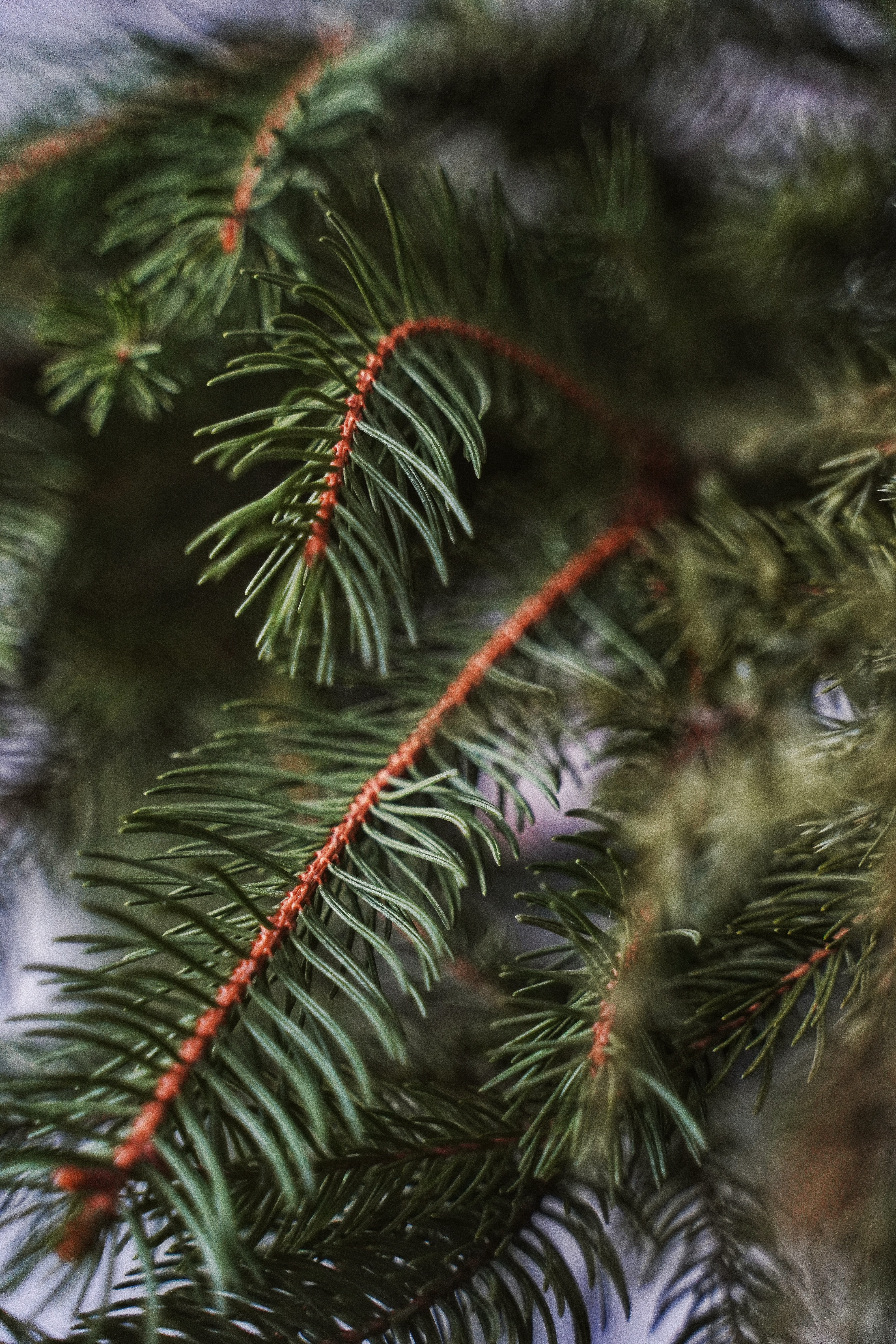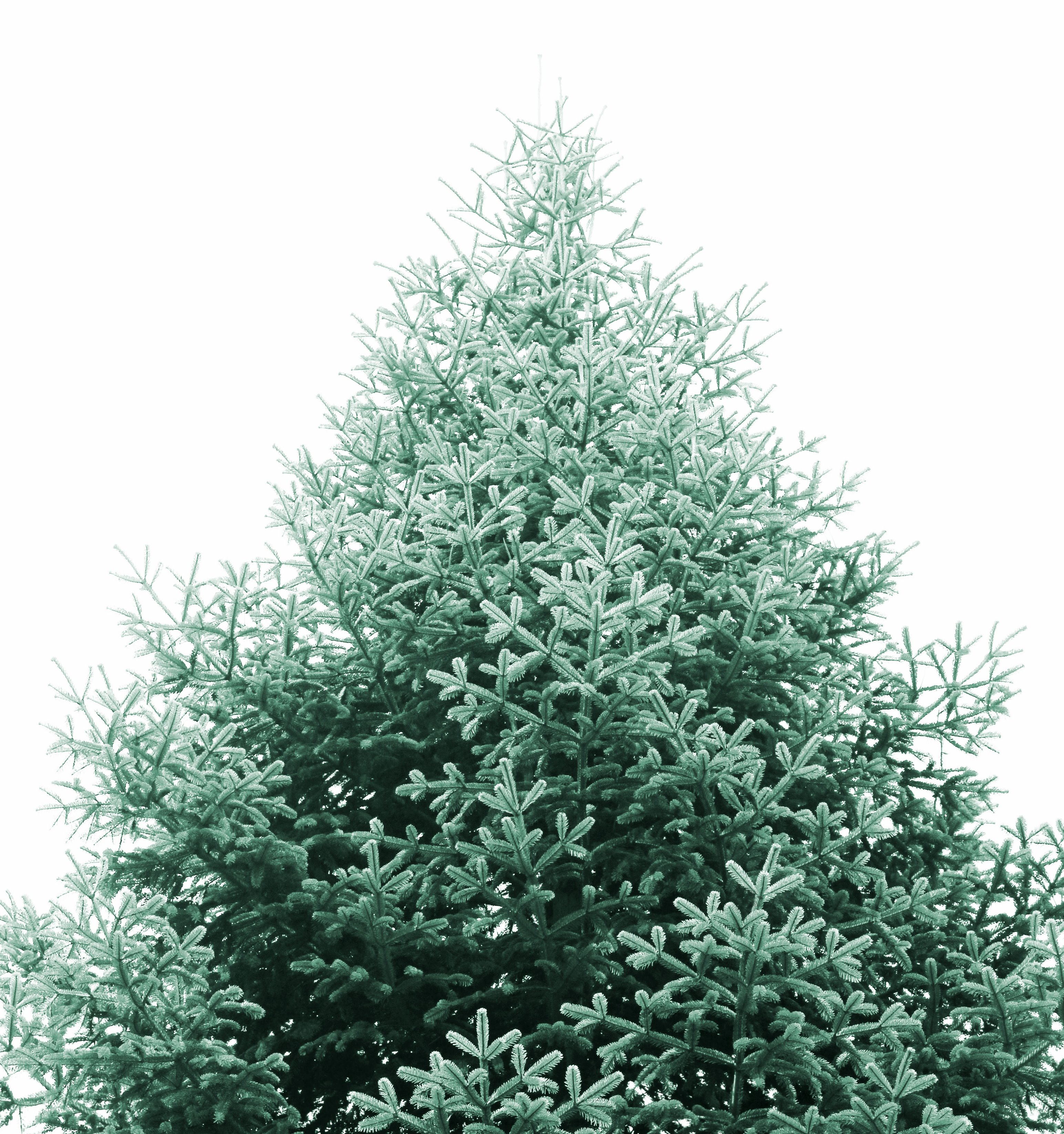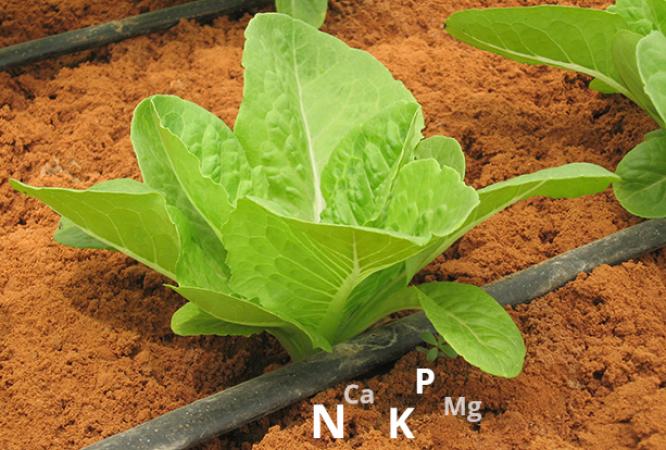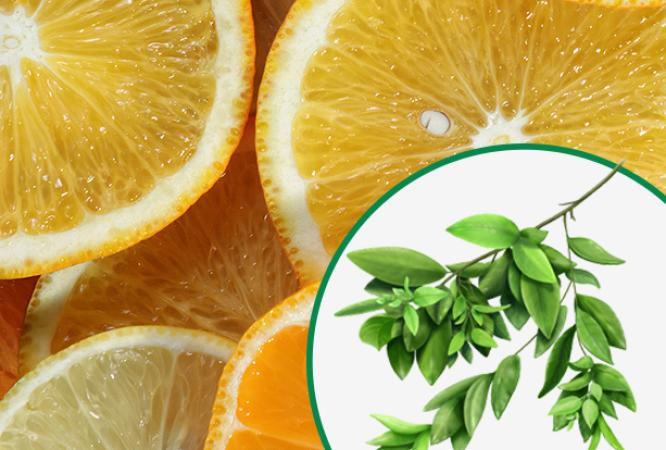Ever wondered what is the secret for growing a Christmas trees or how to plant one? From backyard to a Christmas tree farm, here are a few things you should know.
- The Christmas trees industry is a very serious business. According to the USDA, 25-30 million trees are sold each year in the USA
- Approximately 100,000 people are employed in the Christmas trees industry that grows 350 million trees in more than 15,000 tree farms
- Christmas trees are grown between three to ten years. A very short rotation time comparing to other timber species grown for the forestry industry
- Proactive form corrections and shearing activities are done at the nursery in order to make the trees look as "proper Christmas tree"
- Fertilization of Christmas trees must be more precise and efficient than regular commercial forest trees. This is mainly due to the fact that the beauty of the tree is a key factor in the industry
- The use of controlled-release fertilizer (CRF) to enhance seedling productivity and speed up tree growing has increased considerably in the forestry industry and therefore in Christmas tree nurseries too
- "Living Christmas trees" have become popular to ethically minded consumers, who do not like the idea of cutting and throwing away a tree every year. Living Christmas trees are sold in large containers and can be planted after use
- Planting a living Christmas tree should follow the same principles as planting a tree in the forest:
- Select a planting site that has well-drained soil and that is appropriate for the mature tree’s size.

- Dig a hole and be sure that the hole is a little deeper than the ball roots.
- Put Haifa's Multicote 8 in the hole bottom and cover it with soil until the hole is at the same depth as the root ball.
- Remove the containers and place the tree inside the hole.
- Be sure that it is planted at the same depth it was grown at the nursery.
- Fill in the hole with the soil that you dug out and heel it in firmly.
- Select a planting site that has well-drained soil and that is appropriate for the mature tree’s size.
Learn more about controlled release fertilizers





